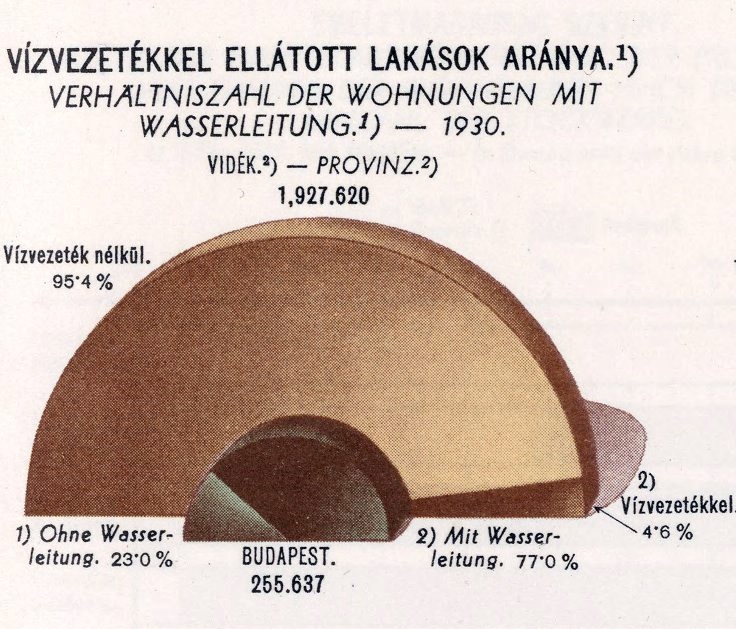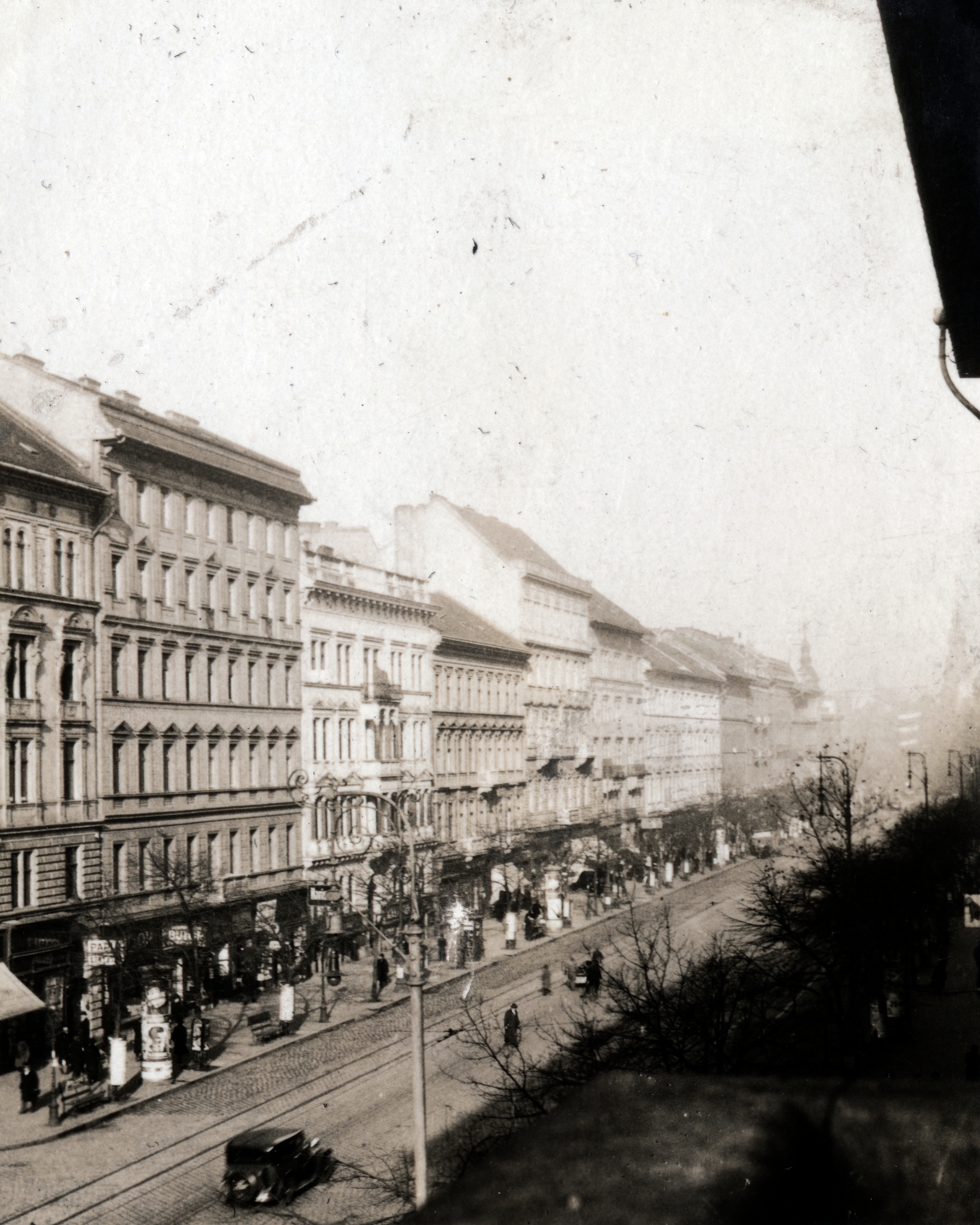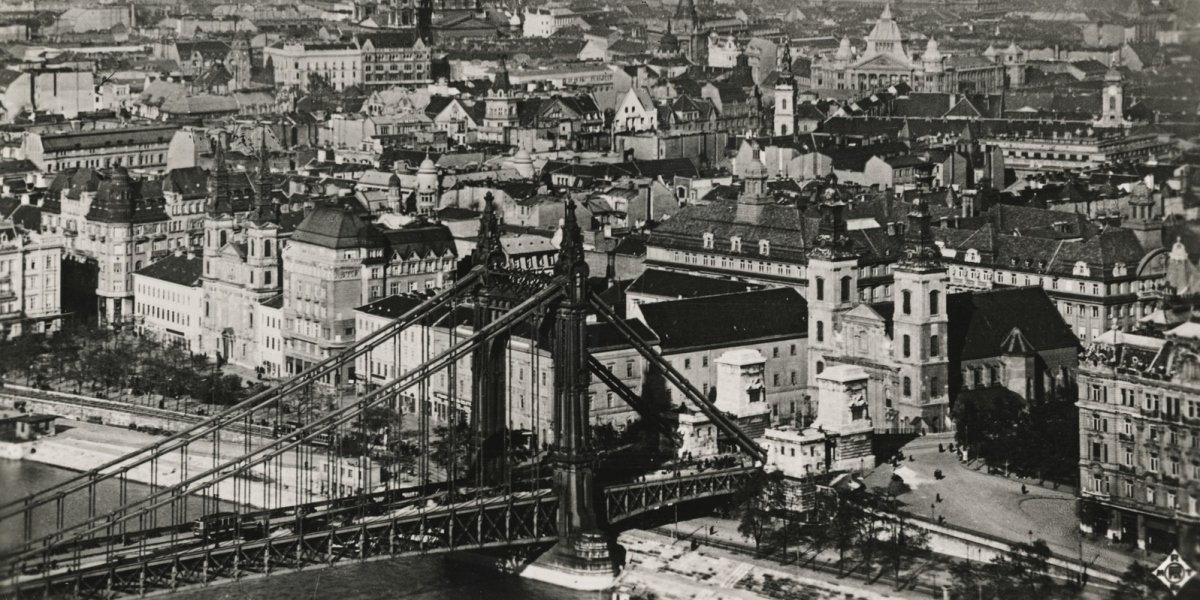In 1930, there were a total of 2,183,257 dwellings in Hungary, of which 255,637 were in Budapest. Most multi-storey houses were in the capital in terms of height, with 98 per cent of the country's three- or more-story buildings standing here. Let us not forget, however, that at that time, a number of other, typically less urban settlements did not belong to Budapest. They were joined to the capital only in 1950. True, the urban Újpest did not belong to Budapest either.
Unsurprisingly, in Budapest, within the borders of the 1930s, the flats were much better equipped with the utilities considered essential today than those in the rest of the country. The difference is striking.
Let's look at the relevant data. Today, we consider tap water to be one of the most basic things, but 90 years ago, 23 per cent of the flats in Budapest did not have plumbing. Only a third of the apartments had a bathroom, and a little more than half had a toilet. This is already an amazing figure, but in rural areas, there was an even greater shortage of utilities: barely 5 per cent of the dwellings there had water, a bathroom or a toilet.

Proportion of dwellings with plumbing nationwide and in Budapest (Source: Publication of the Budapest Statistical Office, 1930, https://www.davidrumsey.com/)
Perhaps even greater is the difference with regard to piped gas (which was not the natural gas we are used to today, but city gas). 37.6 per cent of the dwellings in the capital were connected to the gas network, while in rural areas, it did not reach 1 (!) per cent. True, at that time, gas was largely used for cooking in the cities, as for heating the wood or coal-fired stove was used - and in many places, it was also used for cooking. The construction of the gas network back in the 19th century was typical of cities because the lighting was also solved with gas.
The supply of electricity shows a slightly better picture in the 1930s. In Budapest, 20% of the dwellings did not have electricity, but in rural areas, the light could be switched on only in every 5th household.
What do these data show? The fact that in Hungary, Budapest represented practically a different world than the rest of the country between the two world wars. In the capital, the public services we consider essential today were somewhat available, but in the countryside, they were only accessible in the larger cities. Budapest was really the centre of the country, and then it meant a whole different quality of life to live in the capital or in a big city than in the countryside.

The vast majority of multi-storey houses stood in Budapest in the 1930s, József körút in 1930 (Source: Fortepan / No.: 158395)
Who lived in the capital at that time? Virtually every ninth person lived here, its population already exceeded 1 million at that time, and of course, it was our most densely populated settlement.
Even then, Budapest was the industrial centre of the country, the biggest part of the population, 40 per cent worked in industry, the second-largest employers were commercial and credit institutions, they employed almost 20 per cent of the working population in Budapest. In third place was the interestingly categorized "public service and liberal professions" sector, which included government and city officials, doctors, lawyers, journalists and teachers.
Roughly 10 per cent of the population was retired, and the same proportion of domestic servants lived in Budapest, but very few day labourers, soldiers and farmers worked in the capital. In the countryside, farmers usually dominated, the larger cities, Pécs, Miskolc and Győr, had a similar occupational structure to Budapest, but in Debrecen, for example, many people were engaged in agriculture.
In the case of those employed in industry, it is interesting that in Budapest, many more women - almost 30 per cent of those employed here - worked in factories than in the countryside.

Distribution of employees in Budapest and rural cities (Source: Fővárosi Statisztikai Hivatal kiadványa, 1930, https://www.davidrumsey.com/)
There were slightly more women than men in Budapest (probably due to the high number of housekeepers), and 48 per cent of those living here were single, 42.5 per cent were married, and nearly one per cent were widows (remember, we are 12 years after World War I) and only 2 per cent of the population was divorced.
In the capital, 3 per cent of the population over the age of 6 was illiterate (in the countryside, this proportion was 17 per cent). There were two and a half times more illiterate women than men. 4 per cent of the population completed tertiary education.
All in all, it can be said that 90 years ago, Budapest was very different from the rest of the country, both in terms of the living conditions, occupation and education of the people living here. However, many people in Budapest also lived in poor conditions, in overcrowded dwellings.
Cover photo: Budapest in 1930 (Source: Fortepan / No.: 158307)





































Hozzászólások
Log in or register to comment!
Login Registration